15 Vegetable Hacks Every Home Cook Should Know
Vegetables are the vibrant cornerstone of countless delicious meals, delivering both nutrition and flavor to the table. Yet, keeping them fresh and maximizing their taste can sometimes feel like a challenge. Many home cooks struggle with limp greens, wasted produce, or time-consuming prep. The good news? With a few clever hacks, you can simplify your vegetable prep, preserve freshness, and make cooking both easier and more enjoyable. Read on to discover simple tips that will help you get the most out of every vegetable in your kitchen.
1. Keep Greens Crisp with Paper Towels
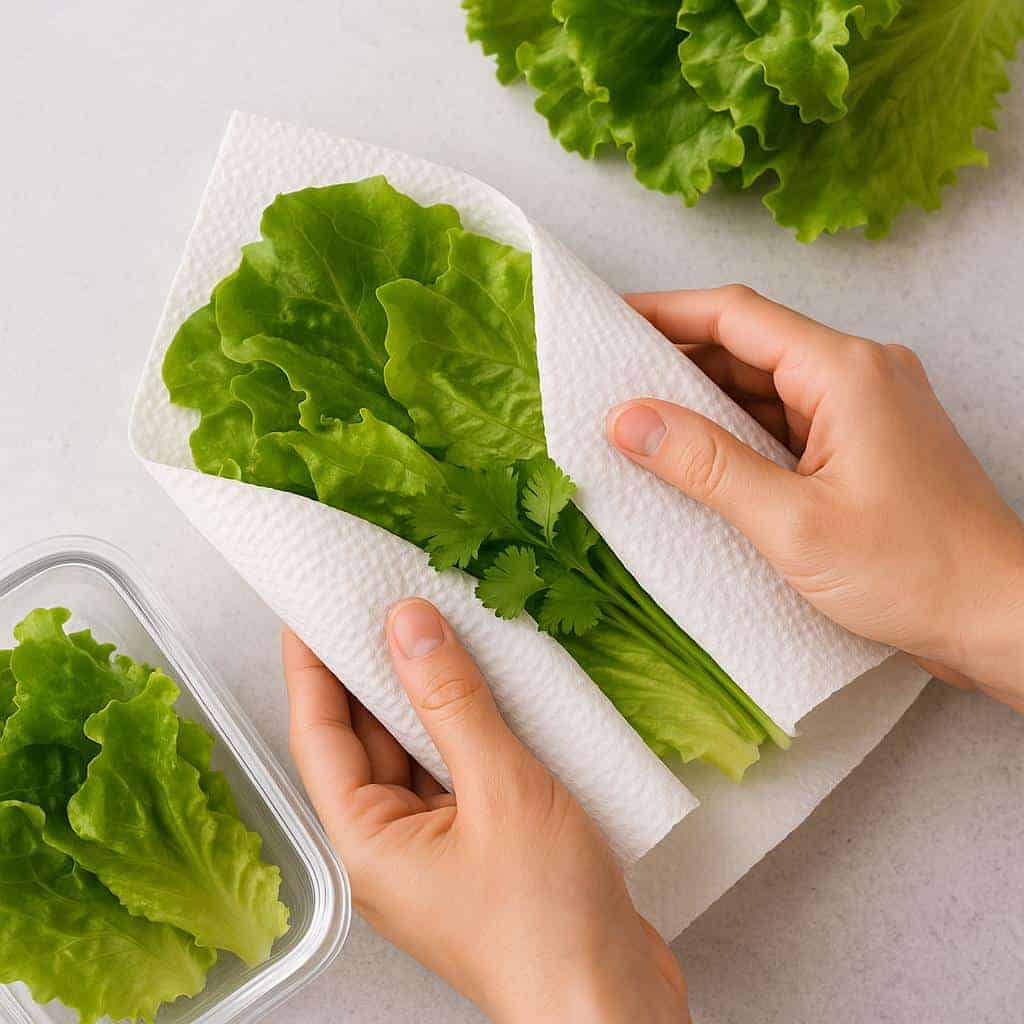
Leafy greens like lettuce and spinach can wilt within days, turning soggy and unappetizing. To extend their freshness, simply wrap washed greens in paper towels before storing them in the fridge. The towels absorb excess moisture, keeping leaves crisp and salad-ready for much longer. Compared to loose storage, you’ll notice your greens stay vibrant and fresh. This trick works wonders for soft herbs like cilantro and parsley too, ensuring you waste less and enjoy more.
2. Revive Wilted Vegetables in Ice Water
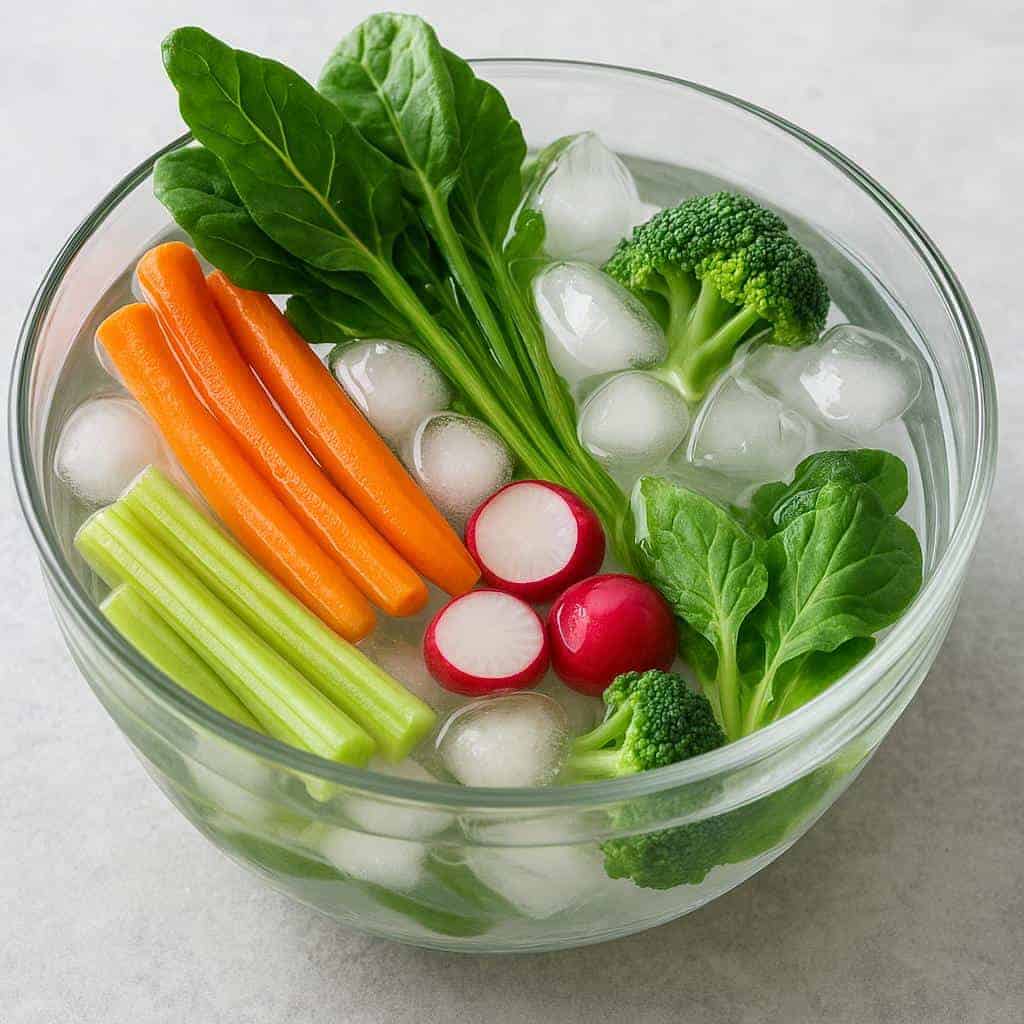
If your carrots, celery, or broccoli have gone limp, don’t toss them out just yet. Soaking these vegetables in ice water for 15-30 minutes can restore their original crunch. The cold water helps rehydrate the plant cells, making them plump and crisp again. This hack works especially well for radishes, bell peppers, and leafy greens, giving new life to produce that might otherwise end up as waste.
3. Peel Ginger with a Spoon

Forget the peeler or knife—using the edge of a spoon is the easiest way to peel ginger. This gentle method scrapes off only the thin skin, preserving more of the aromatic flesh underneath. A spoon also glides effortlessly around the ginger’s knobby curves, making the job faster and less wasteful. It’s a simple switch that keeps your ginger prep efficient and mess-free.
4. Cut Peppers Without the Seeds Mess
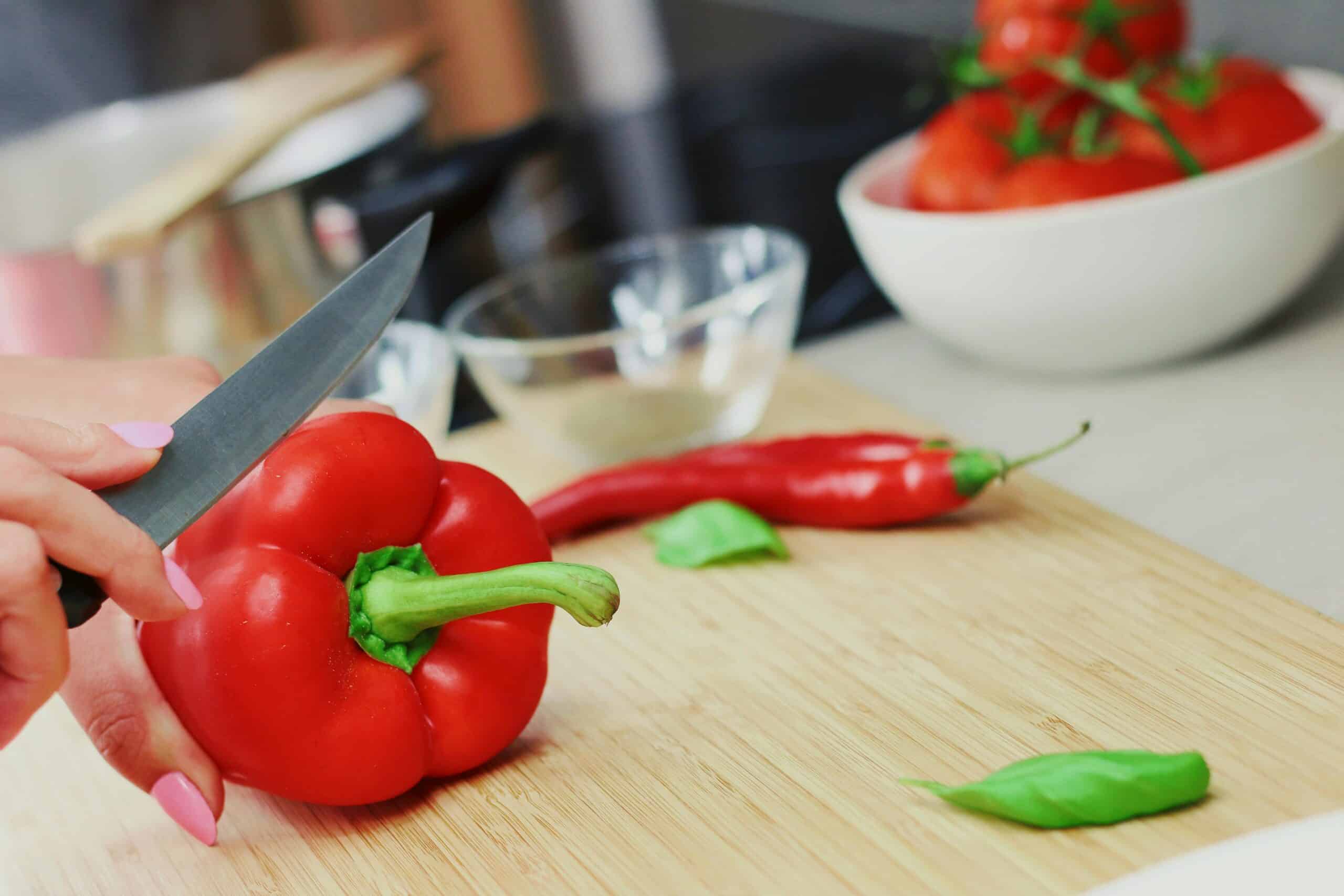
To avoid a mess of seeds, slice off the top and bottom of the bell pepper, then make a vertical slit down the side. Gently unroll the pepper to expose the core and seeds, which can then be easily removed in one go. This method keeps your cutting board tidy and gives you even strips or dice, perfect for salads, stir-fries, or snacking.
5. Easily Peel Tomatoes for Sauces
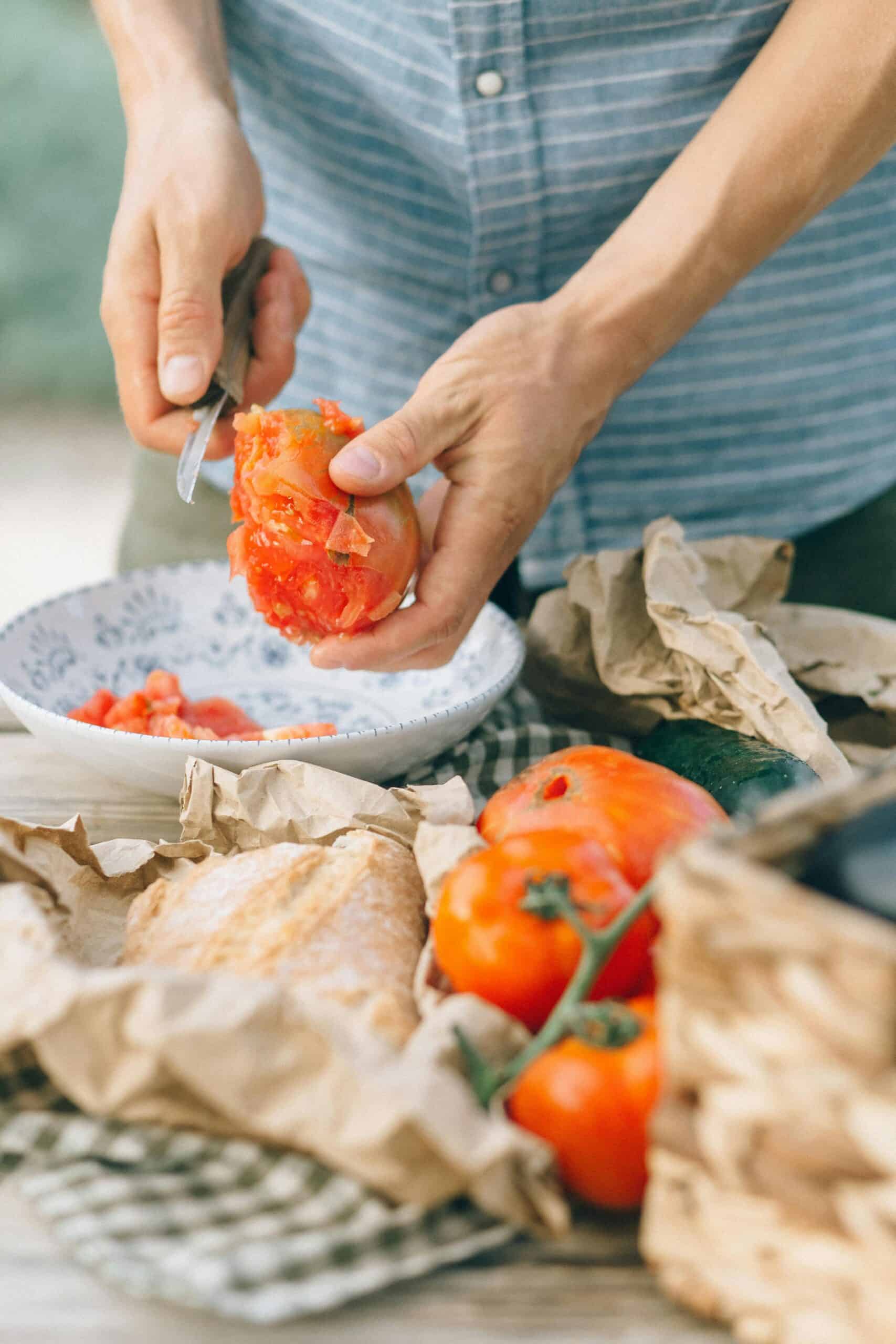
For silky sauces and salsas, peeling tomatoes is a must. Start by scoring a shallow “X” on the bottom of each tomato, then briefly boil them for 30 seconds. Transfer immediately to ice water—the skins will slip right off, far easier than peeling raw. This classic blanching technique ensures your tomato-based dishes are smooth and free of tough skins, making a noticeable difference in both texture and presentation.
6. Store Mushrooms in Paper Bags
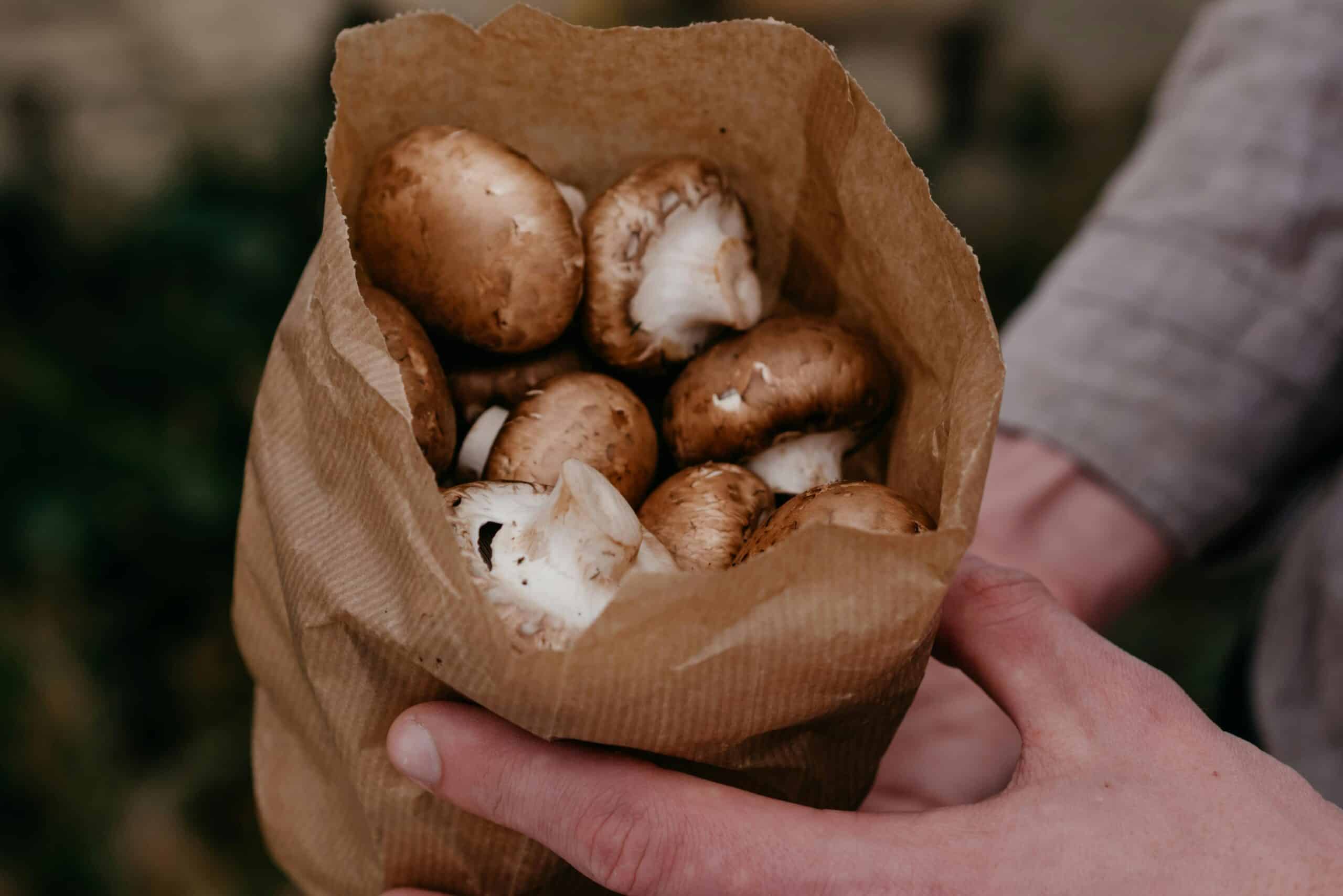
Plastic traps moisture, causing mushrooms to sweat and spoil quickly. Instead, transfer them to a paper bag, which allows air to circulate and keeps mushrooms dry. This preserves their firm texture and earthy flavor much longer—often up to a week, compared to just a few days in plastic. Check the bag every couple of days for excess moisture, and enjoy fresher mushrooms in your favorite recipes.
7. Use a Mandoline for Uniform Slices
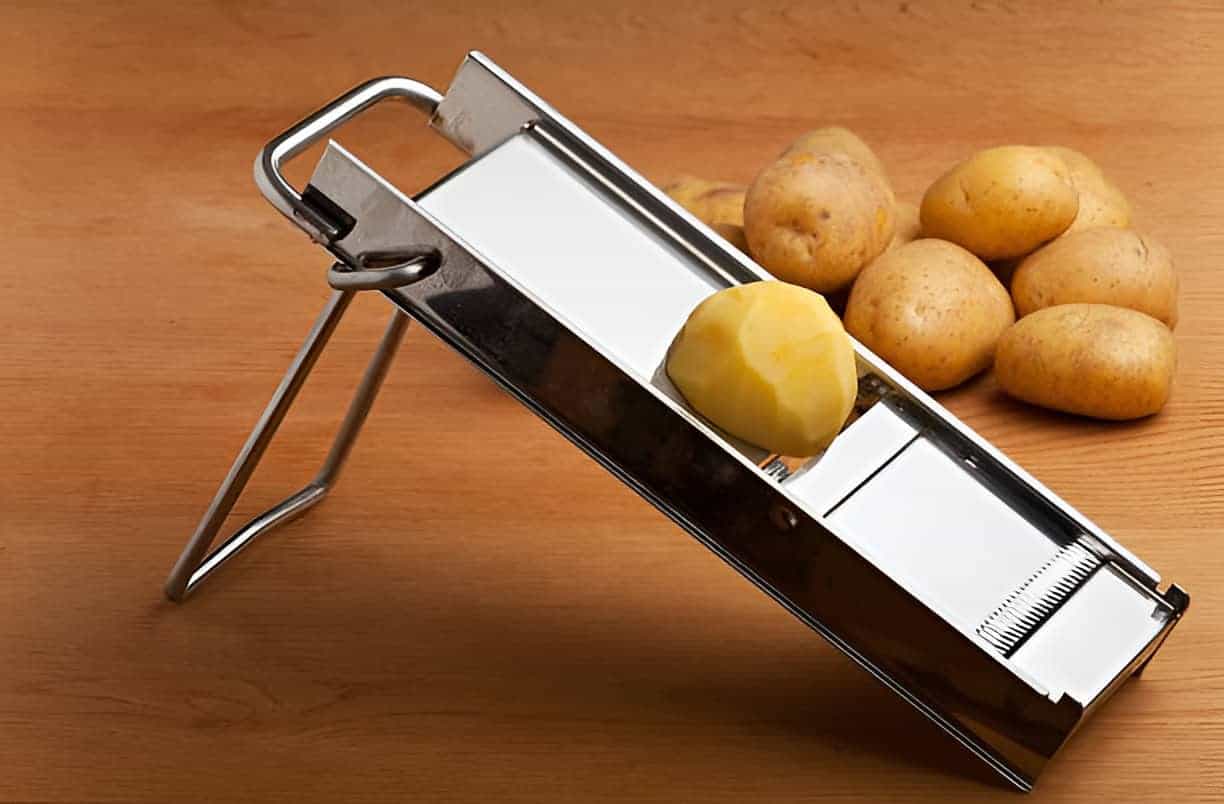
A mandoline slicer is a game-changer for achieving perfectly even slices of potatoes, cucumbers, or zucchini. It works much faster and with greater precision than a knife, delivering consistent thickness for gratins, salads, or chips. Always use the safety guard and go slow to protect your fingers. This simple tool not only saves time, but also elevates the look and texture of your vegetable dishes.
8. Speed Up Onion Chopping with a Wet Paper Towel
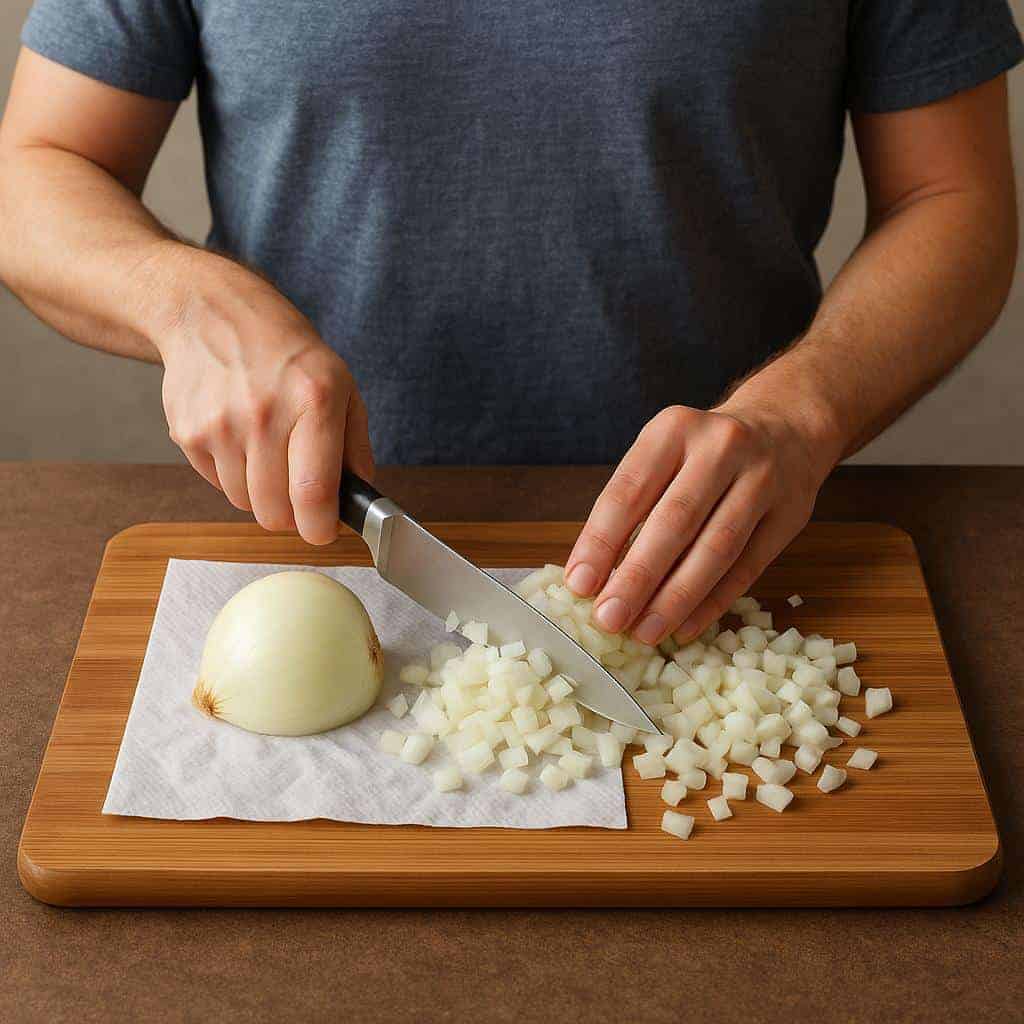
Chopping onions can bring on the tears, but placing a wet paper towel near your cutting board helps absorb the sulfur compounds that cause irritation. This simple hack is often more convenient than chilling onions or donning goggles. By trapping the fumes before they reach your eyes, you can chop onions faster and with less discomfort, making meal prep a much more pleasant experience.
9. Steam Vegetables in the Microwave
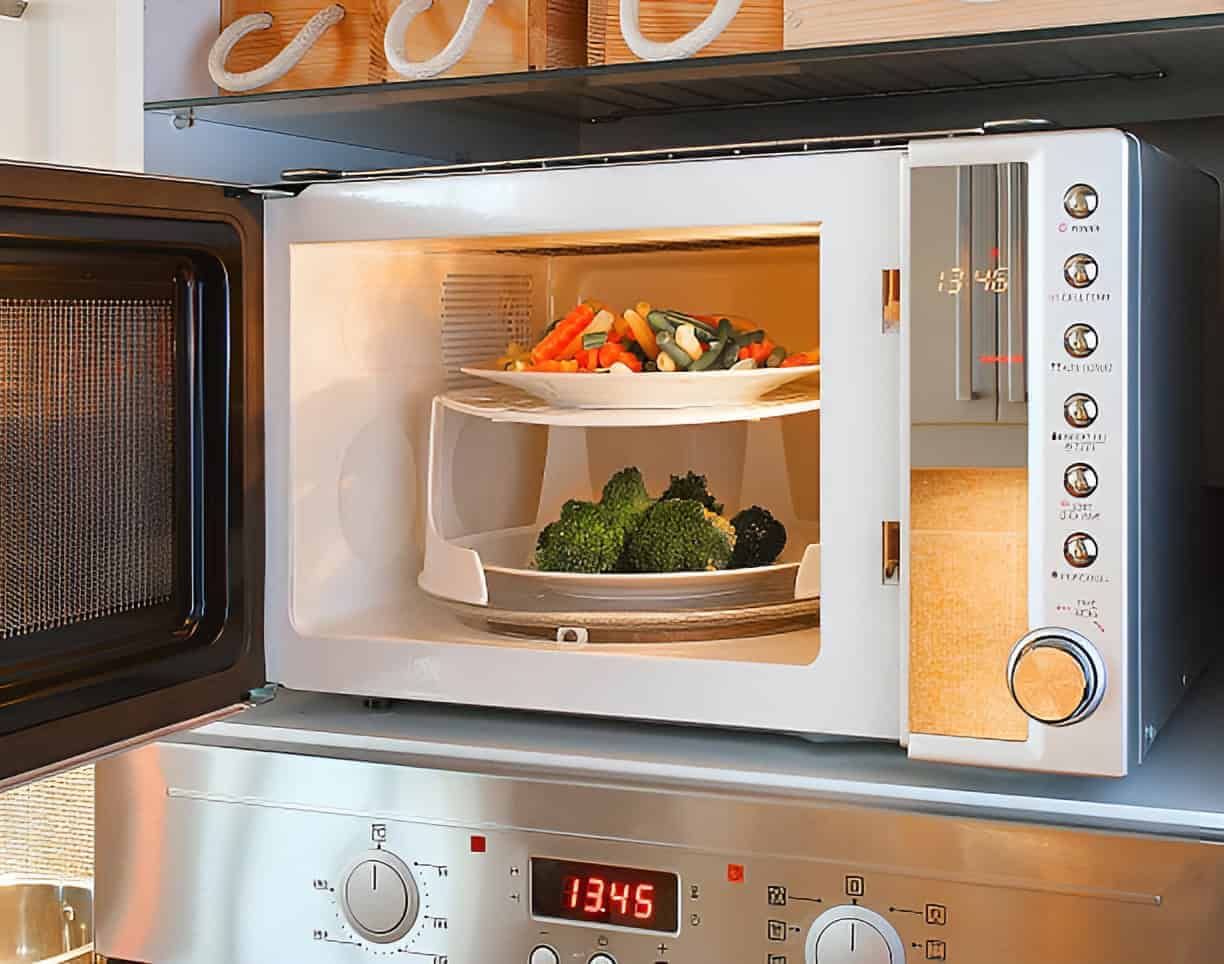
For a fast and healthy side, place chopped vegetables in a microwave-safe dish with a splash of water. Cover with a microwave-safe lid or plate, then cook for just a few minutes. This method steams veggies efficiently, preserving both color and nutrients. Compared to stovetop steaming, the microwave is quicker and requires less cleanup—perfect for busy weeknights or when you want a nutritious boost without the wait.
10. Use Salt to Remove Eggplant Bitterness

Sliced eggplant can sometimes taste bitter, but a simple salt treatment solves this. Sprinkle salt generously over the slices and let them rest for 20-30 minutes, allowing the salt to draw out excess moisture and bitterness. Rinse and pat dry before cooking. You’ll notice a remarkable improvement in flavor—dishes made with salted eggplant are milder and more enjoyable than those cooked without this easy step.
11. Freeze Leftover Herbs in Olive Oil
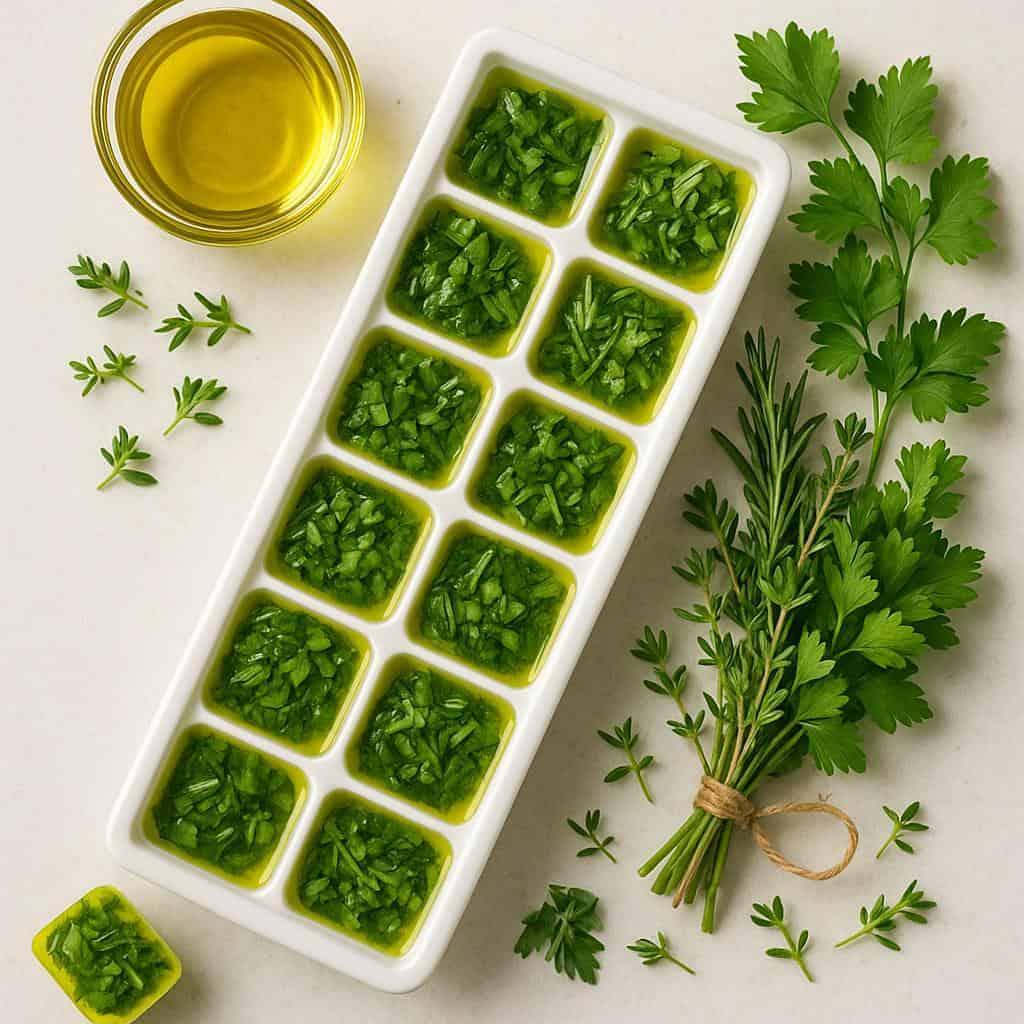
Don’t let fresh herbs go to waste—chop them and freeze in ice cube trays topped with olive oil. Once frozen, pop out a cube to add instant flavor to soups, stews, or sautés. This method locks in the herbs’ vibrant taste far better than drying, preserving both aroma and color. It’s a smart way to enjoy garden-fresh flavor all year round, with minimal effort.
12. Quickly Peel Garlic by Shaking
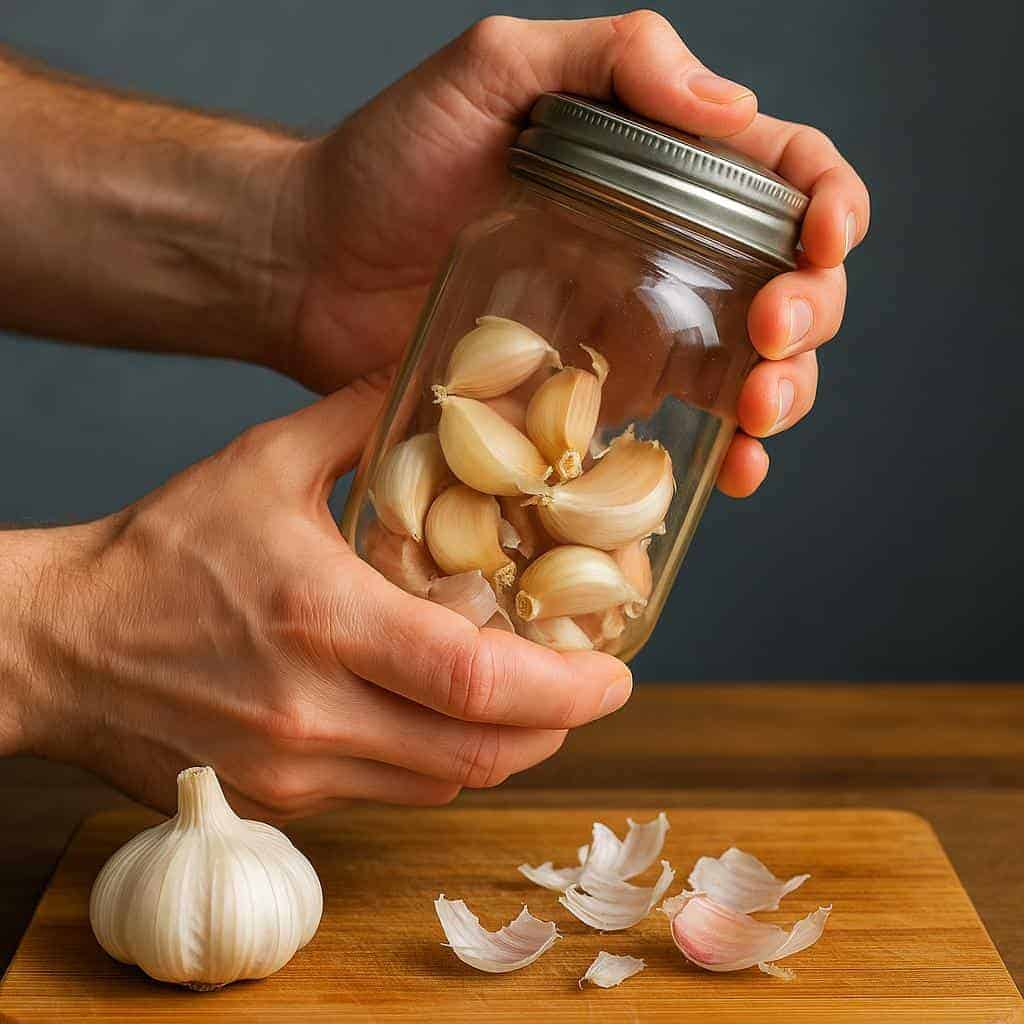
When a recipe calls for lots of garlic, save time by crushing the bulb and placing the cloves in a jar or bowl. Cover and shake vigorously for a few seconds—the skins will loosen and peel away easily. This clever hack is much faster than peeling each clove by hand, making bulk garlic prep simple and efficient for any dish.
13. Keep Avocados Green with Citrus
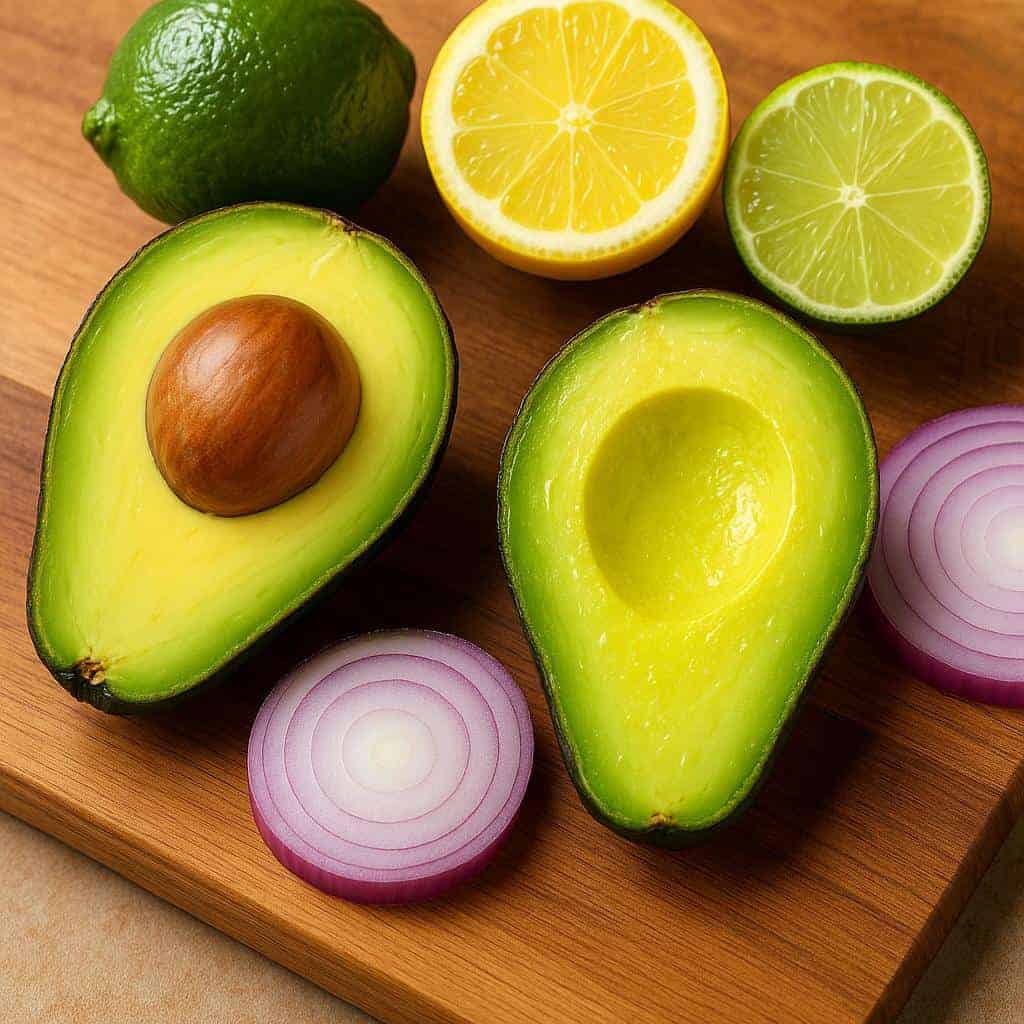
To keep cut avocados fresh and green, brush them with lemon or lime juice or store them alongside a slice of onion. The citric acid and sulfur compounds help slow oxidation, the chemical reaction that causes browning. Treated avocados stay visually vibrant and taste fresh much longer than untreated ones, which quickly turn brown and lose their appeal. This easy hack is perfect for guacamole or storing leftover avocado halves.
14. Spiralize Veggies for Creative Dishes

A spiralizer can transform zucchini, carrots, or sweet potatoes into vibrant vegetable noodles, offering a fun, low-carb alternative to traditional pasta. These veggie spirals work wonderfully in stir-fries, salads, or as a base for classic sauces. The texture is pleasantly crisp and the appearance is colorful and inviting, making meals both healthier and visually appealing. It’s a great way to add variety and excitement to your vegetable repertoire.
15. Roast a Variety for Easy Meal Prep
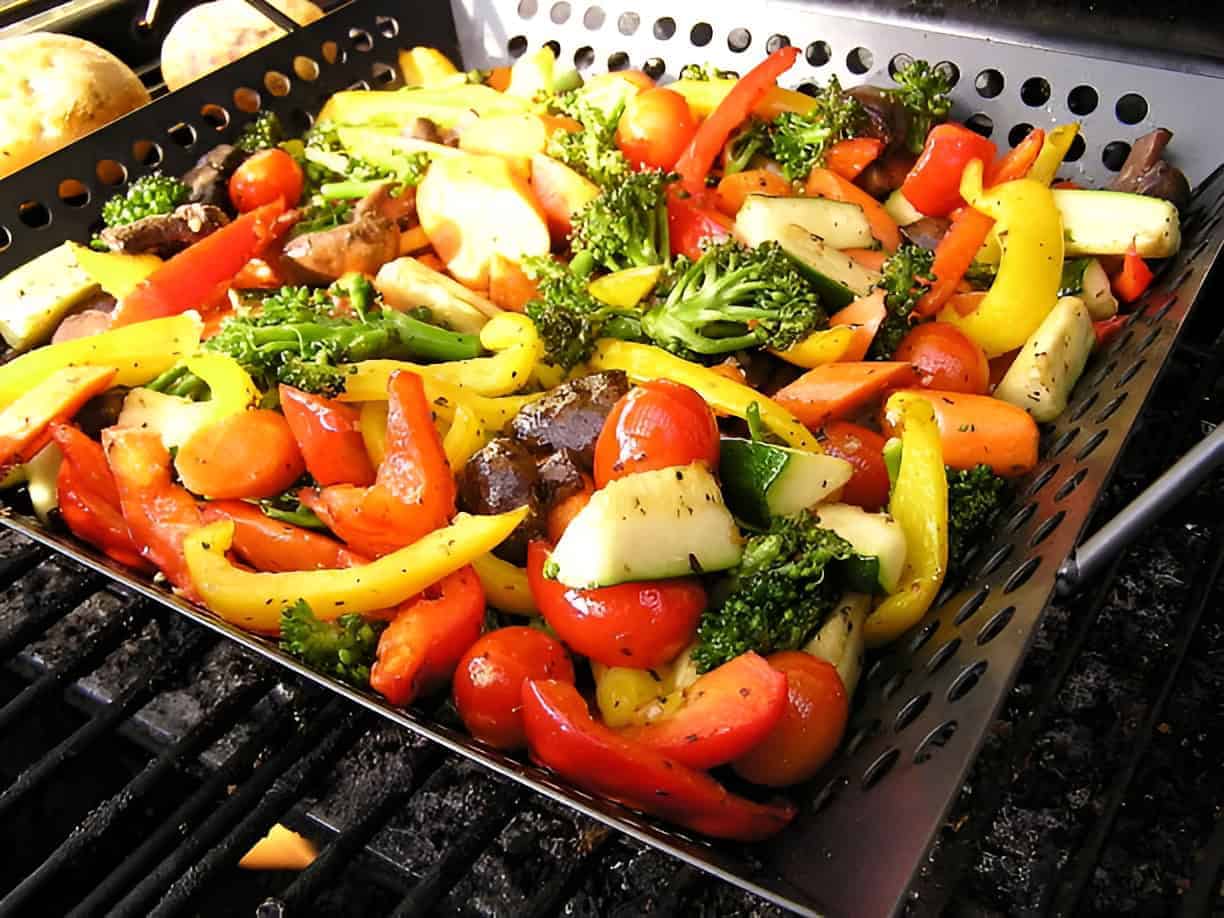
Roasting a big batch of mixed vegetables—think bell peppers, carrots, broccoli, and sweet potatoes—makes meal prep a breeze. Toss them with olive oil, herbs, or spices, then roast until caramelized and tender. Roasted veggies develop deeper, richer flavors compared to steaming, and can be enjoyed in salads, grain bowls, or as a hearty side. This method adds convenience and delicious variety to your weekly menu.
Conclusion
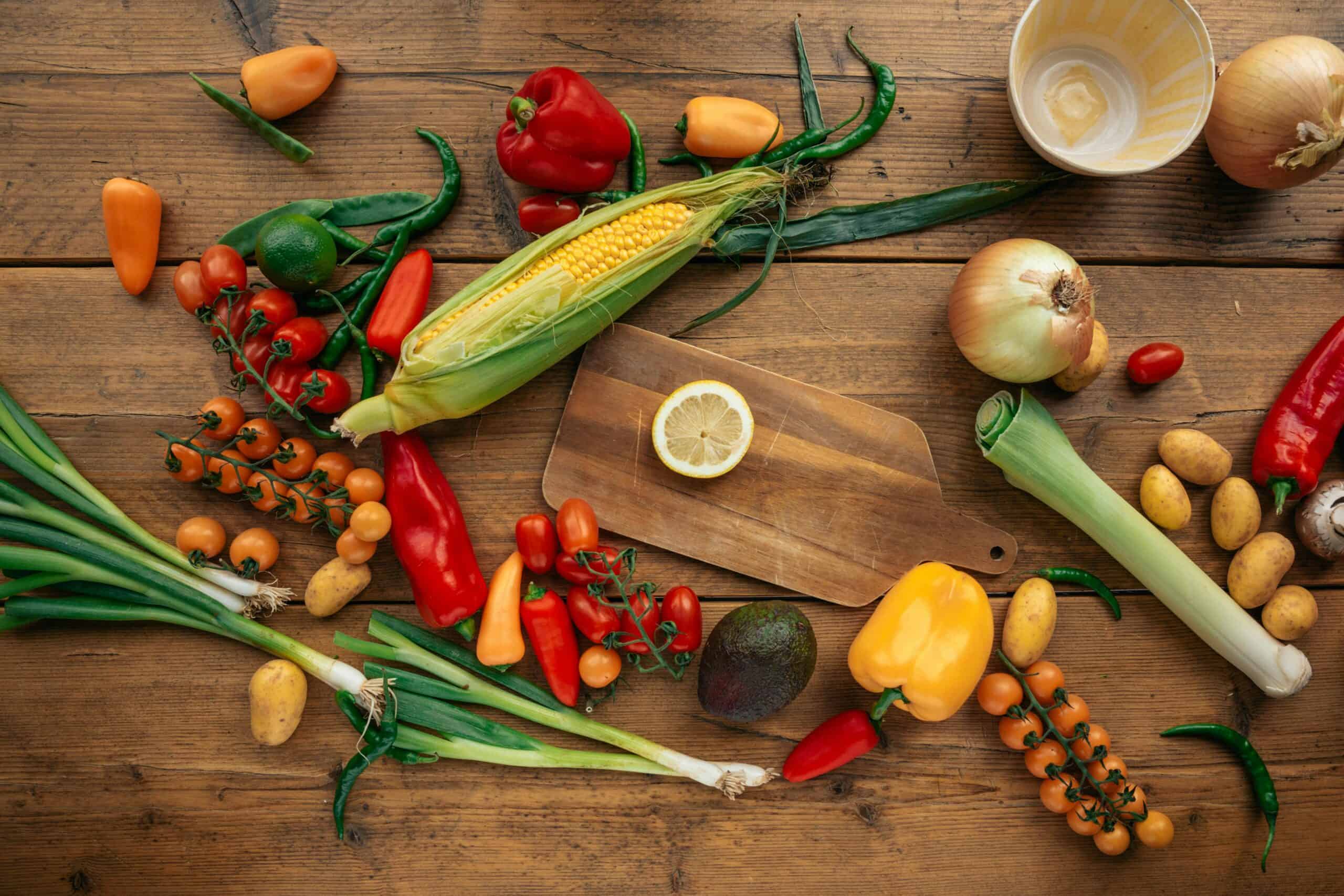
Mastering these simple yet effective vegetable hacks can make every home cook’s life easier. By streamlining your prep, preserving freshness, and enhancing flavors, you’ll discover that healthy cooking is both accessible and enjoyable. Don’t hesitate to experiment—trying new techniques not only reduces waste but also brings excitement to your meals. Even small changes in your kitchen routine can have a big impact on your daily cooking, nutrition, and overall satisfaction.
.article-content-img img { width: 100% }




